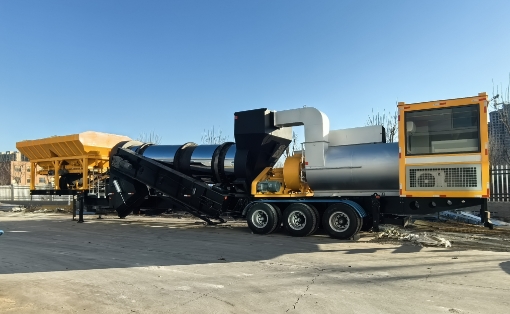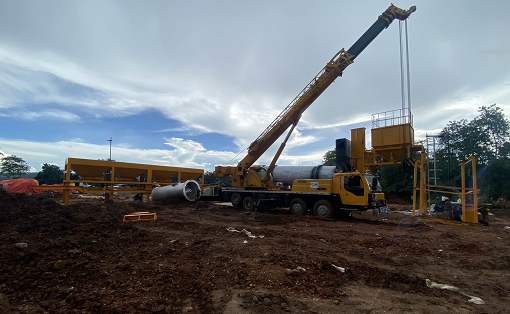Introduction to the basic operating procedures of asphalt mixing plants
We know that the first priority in production is to ensure safety. In the process of operating equipment, staff must always pay attention to using the correct operating methods. Regarding the asphalt mixing plant, it is used to produce asphalt mixtures, modified asphalt mixtures, and colored asphalt mixtures to meet the needs of highways, graded highways, municipal roads, airports, etc.
We know that the first priority in production is to ensure safety. In the process of operating equipment, staff must always pay attention to using the correct operating methods. Regarding the asphalt mixing plant, it is used to produce asphalt mixtures, modified asphalt mixtures, and colored asphalt mixtures to meet the needs of highways, graded highways, municipal roads, airports, etc.
So, what are the safety requirements when operating an asphalt mixing plant? Let’s take a look.
First of all, before the equipment starts working, the operator should fully check its working environment, including whether its individual components and devices are normal. If any abnormalities are found, they must be dealt with in time and wait until the asphalt mixing plant equipment is repaired. Work can be done.
Secondly, all operations must be carried out in accordance with the correct requirements, and the order of operations must not be changed at will. After starting the machine, the staff should pay attention to observe the operating status of each component to see if it can cooperate well; after starting production, it should be enough to observe whether the mixer of the asphalt mixing station is working abnormally and whether the components are coordinated with each other, etc.
Then, during the production process, it is not only necessary to ensure that the equipment is in good operating condition, but also the staff must be equipped with relevant testing equipment to detect the moisture content of the materials and fuel, etc., and record the relevant detection data for the operators Adjust operations in time to keep the asphalt mixing plant equipment in good condition.
When the production work is completed, the correct operating sequence should still be followed. First, end the feeding work, then turn off the burner, wash the agitator with hot fine materials, and drain the hot materials in the drying drum and agitator; When the temperature of the drying drum is between 45 and 500 degrees, always turn off the drying drum, blower, and dust removal system, and do not forget to cut off the main power supply of the asphalt mixing plant operating room.
One thing to note is that if the dust removal equipment of the asphalt mixing station uses a wet dust collector, in order to prevent damage to the equipment, a neutralizing agent should be added to the water, and attention should be paid to the replacement of circulating water.



































